How long does laser eye surgery take? This question is often top of mind for individuals considering LASIK (Laser-Assisted In Situ Keratomileusis) surgery. Understanding the procedure’s duration and potential outcomes is crucial before making this life-changing decision.
Laser eye surgery is a transformative procedure aimed at correcting vision impairments, offering individuals freedom from glasses or contact lenses. This article explores the intricacies of laser eye surgery, including the question “How long does laser eye surgery take?” It also delves into potential changes in vision after surgery, providing a comprehensive guide for those considering this option.
Types and Categories
Types of Laser Eye Surgery
LASIK (Laser-Assisted In Situ Keratomileusis)
LASIK is the most common and widely known laser eye surgery procedure. It involves creating a thin flap in the cornea using either a microkeratome blade or a femtosecond laser. The excimer laser is then used to reshape the underlying corneal tissue, correcting refractive errors such as myopia (nearsightedness), hyperopia (farsightedness), and astigmatism. The entire LASIK procedure typically takes about 15 minutes per eye, with actual laser time lasting less than a minute per eye.
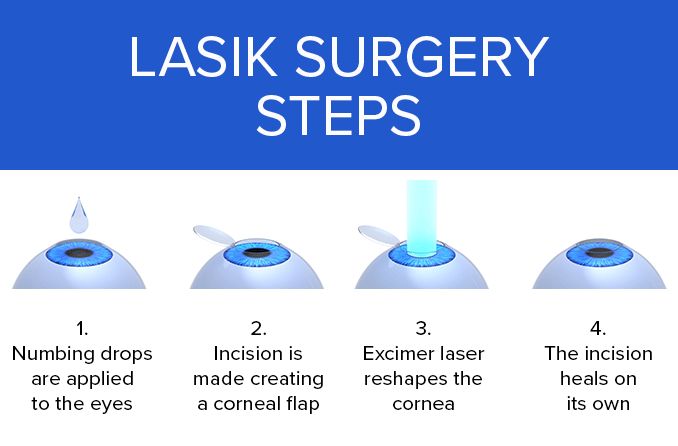
LASIK is preferred for its rapid recovery time and minimal discomfort compared to other procedures. Candidates for LASIK must meet specific criteria, including stable vision for at least a year, appropriate corneal thickness, and overall eye health.
PRK (Photorefractive Keratectomy)
PRK predates LASIK and involves the removal of the corneal epithelium (outer layer) to expose the underlying stroma. The excimer laser then reshapes the cornea to correct vision. PRK is typically recommended for individuals with thinner corneas or those who may not be suitable candidates for LASIK due to corneal irregularities.
The PRK procedure takes slightly longer than LASIK, averaging around 10-15 minutes per eye. However, the recovery time is longer, with several days to weeks needed for the epithelium to regenerate and vision to stabilize. PRK is known for producing excellent visual outcomes, particularly in patients with higher refractive errors.
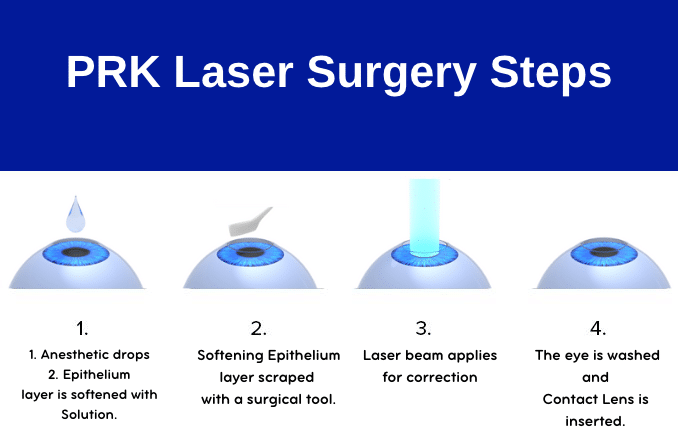
SMILE (Small Incision Lenticule Extraction)
SMILE is a newer, minimally invasive laser eye surgery procedure that has gained popularity for its potential benefits, including faster recovery and reduced risk of dry eye syndrome. Unlike LASIK and PRK, SMILE involves creating a small, precise incision within the cornea to extract a lenticule of tissue, reshaping the cornea to correct vision.
The entire SMILE procedure typically takes around 20-30 minutes for both eyes. Due to its minimally invasive nature, SMILE boasts quicker recovery times, with many patients experiencing improved vision within 24 hours. SMILE is particularly suitable for individuals with mild to moderate myopia.
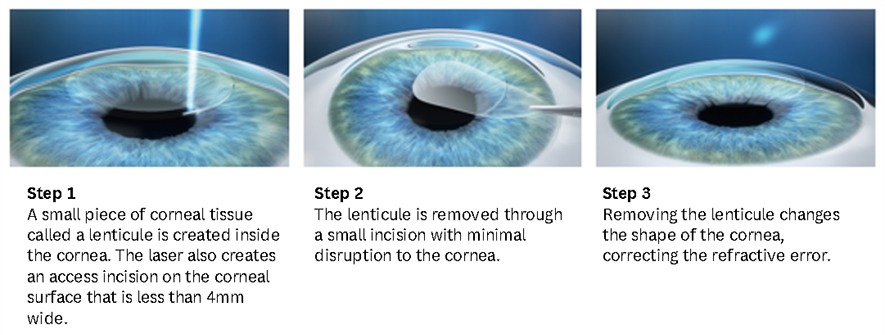
Symptoms and Signs
Pre-Surgery Symptoms
Before undergoing laser eye surgery, individuals commonly experience:
- Refractive Errors: Blurred vision that necessitates corrective lenses for clear sight.
- Night Vision Issues: Difficulty seeing in low-light conditions or glare sensitivity, affecting daily activities.
Post-Surgery Signs
Following laser eye surgery, patients may experience:
- Temporary Discomfort: Mild discomfort or dryness immediately after surgery, which usually resolves within a few days.
- Enhanced Visual Clarity: Significant improvement in visual acuity within the first few days post-surgery, continuing to stabilize over several weeks.
Causes and Risk Factors
Biological Factors
Several biological factors influence candidacy and outcomes of laser eye surgery:
- Corneal Shape and Thickness: The cornea’s curvature and thickness determine suitability for specific procedures like LASIK or PRK.
- Age-Related Changes: Vision stability is crucial, with candidates typically over 18 years old and stable vision for at least a year.
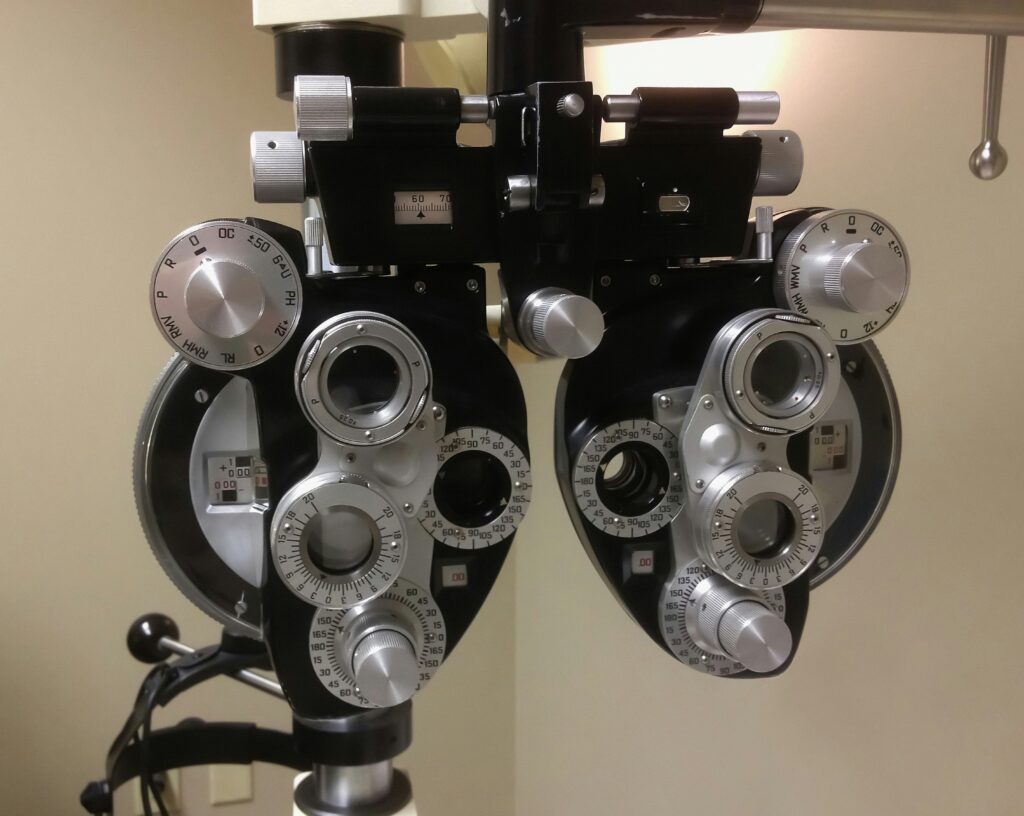
Environmental and Lifestyle Factors
External factors affecting eye health and surgery outcomes include:
- Environmental Pollutants: Exposure to pollutants and allergens can impact eye health and surgical outcomes.
- Lifestyle Habits: Factors such as smoking and excessive UV exposure can affect corneal health and recovery post-surgery.
Diagnosis and Tests
Pre-Surgery Evaluation
Before undergoing laser eye surgery, patients undergo a comprehensive eye examination, including:
- Topography and Wavefront Analysis: Detailed mapping of the corneal surface and assessment of refractive errors.
- Pupil Size and Corneal Thickness: Measurements critical for surgical planning and determining candidacy.
Surgical Planning
Advanced diagnostic tools and simulations are used to:
- Customize Treatment: Tailor surgical plans based on individual eye characteristics and desired outcomes.
- Predict Visual Results: Simulation technologies help predict post-operative vision improvements and address patient expectations.
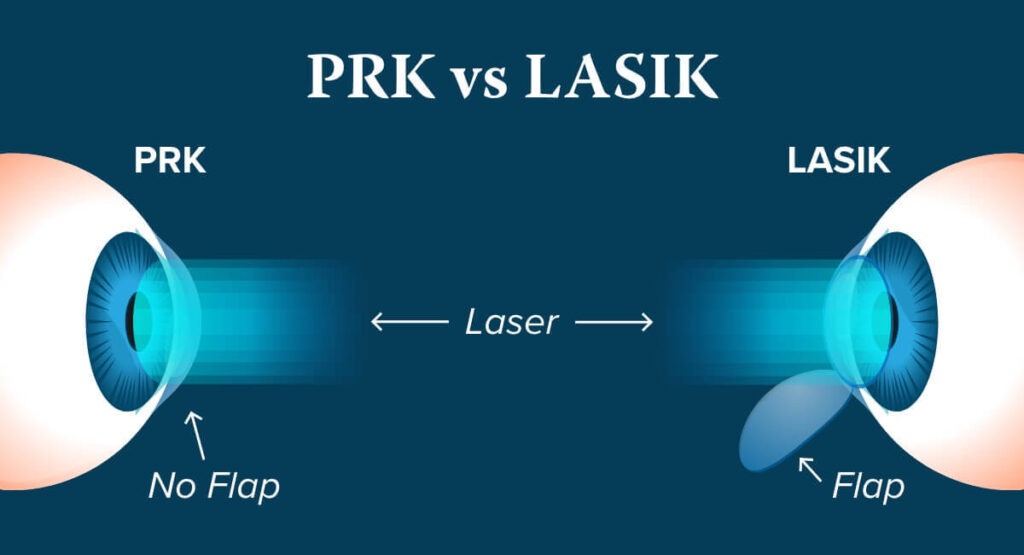
Treatment Options
Surgical Procedures
LASIK Procedure Details
The LASIK procedure involves several precise steps:
- Flap Creation: Using a microkeratome or femtosecond laser to create a thin corneal flap, preserving corneal integrity.
- Excimer Laser Reshaping: Guided by pre-operative measurements, the excimer laser reshapes the cornea to correct refractive errors.
- Flap Re-positioning: After laser treatment, the corneal flap is carefully repositioned, allowing for rapid healing and minimal discomfort.
PRK and SMILE Comparisons
- PRK Procedure: In PRK, the corneal epithelium is removed entirely before laser reshaping, necessitating a longer recovery period compared to LASIK.
- SMILE Technique: SMILE involves creating a small incision within the cornea to extract a lenticular, minimizing disruption to corneal nerves and preserving corneal biomechanics.
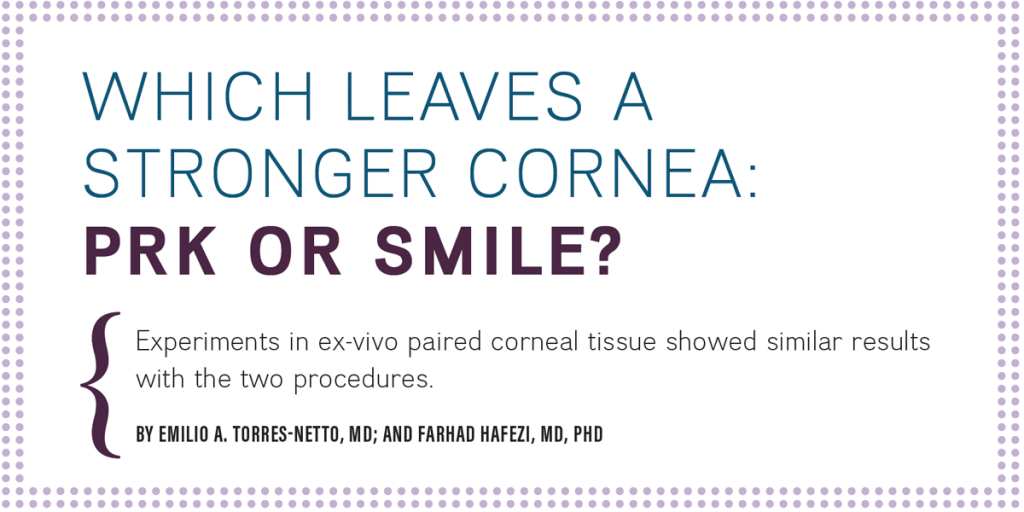
Preventive Measures
Precautionary Steps
Before and after laser eye surgery, patients are advised to:
- Attend Pre-Operative Consultations: Discuss expectations, risks, and benefits with an ophthalmologist.
- Follow-Up Care: Adhere to post-operative medication schedules and attend follow-up appointments to monitor recovery and ensure optimal outcomes.
Personal Stories or Case Studies
Patient Experiences
Real-life stories illustrate the transformative impact of laser eye surgery:
- Lifestyle Benefits: Testimonials highlighting improved quality of life, including enhanced career opportunities and recreational activities.
- Challenges and Successes: Insights into recovery experiences and adaptation to life without corrective lenses.
Expert Insights
Ophthalmologist Recommendations
Medical professionals offer valuable guidance on:
- Procedure Selection: Recommending suitable procedures based on individual eye health and lifestyle factors.
- Managing Expectations: Discuss realistic outcomes and potential risks associated with laser eye surgery.
Conclusion
In conclusion, the question “How long does laser eye surgery take?” is multifaceted, depending on the specific procedure chosen and individual eye characteristics. LASIK, PRK, and SMILE offer tailored solutions to correct refractive errors, with rapid recovery times and significant visual improvements for many patients. Advances in technology continue to enhance surgical precision and patient outcomes, making laser eye surgery a viable option for those seeking freedom from glasses or contact lenses.
